Before the quarantine I had the opportunity to visit my town, I went to share some time with family and friends. While there, a great friend of the family invited me to his farm called Trapiche to have a sugar cane guarapo and make papelón (derived from sugar cane, which is an artisan product that we can consume without risk). At first I did not believe it, but my mother tells me that lately they are making the papelon and they sell it in the community, so I grabbed my phone and left.
For me it was totally exciting, because is the first time I was present in a production process, I am an industrial engineer and this is part of my career, how is the process and what are the possible improvements.
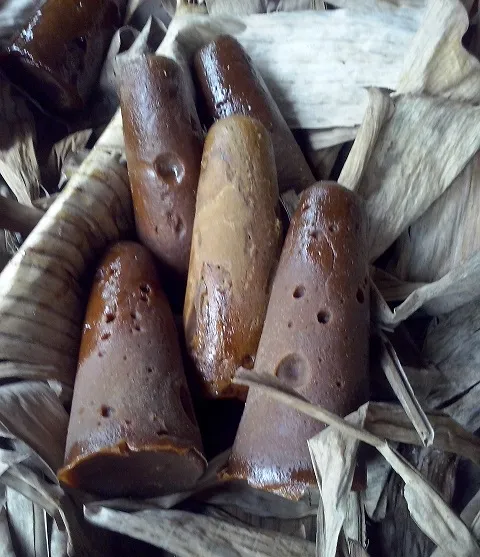
It was a great experience to witness this production process and I want to share it with you.
We introduce the sugar cane through the rollers of the machine to compress the cane and thus obtain the guarapo. The guarapo passes through a mesh that has the function of collecting waste from the cane and the guarapo is collected in containers.

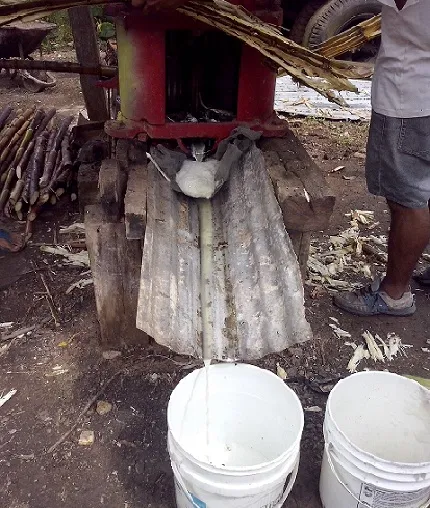
Once all the sugarcane was squeezed (2000 sugarcanes, of which 4 and a half containers of guarapo were collected), the containers are emptied into the pailón (very large container).
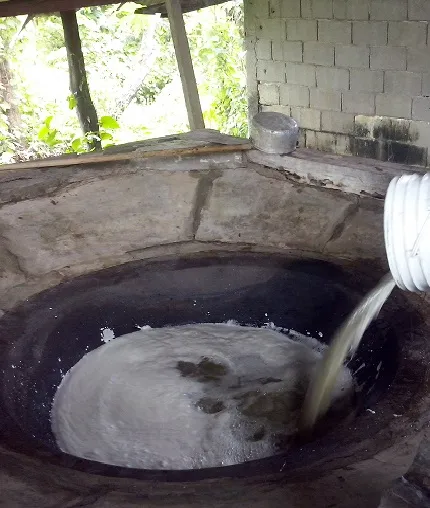
In the lower part of the pailon there are two holes, the one above is where the wood is placed and the one below is where the ashes fall, we place the firewood and we proceed to light the fire.
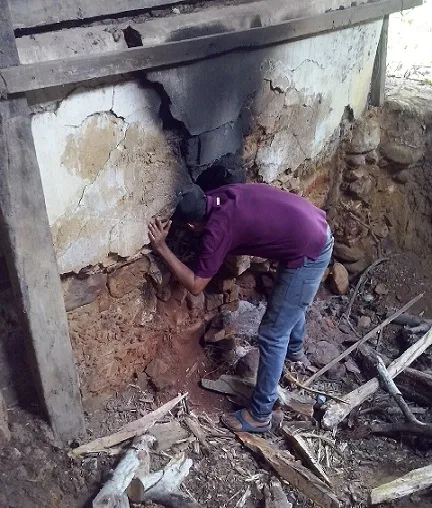
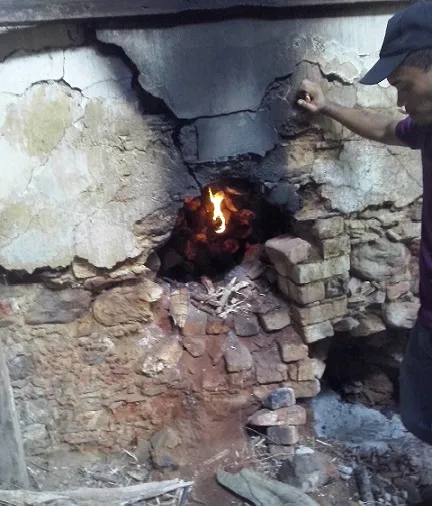 )
)As it heats up, a layer of foam is formed, which is gradually removed with a stick, which has a container with holes attached to one of its ends. After removing the foam, stir it with the same stick.
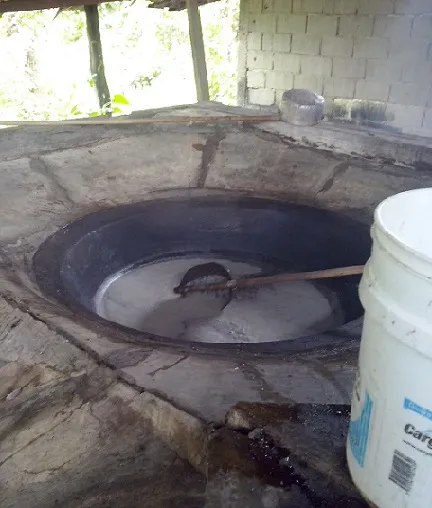
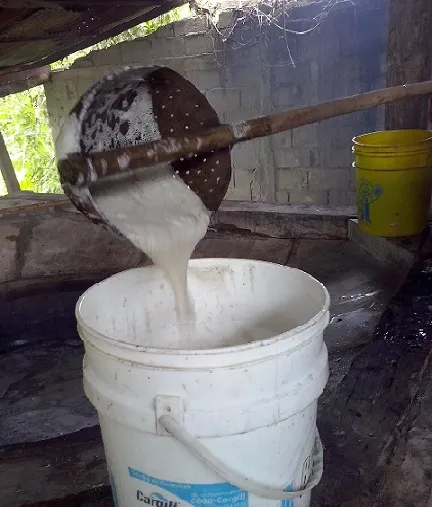
After 1 hour, the guarapo boils and again we remove the foam, add quicklime (its main function is to adjust the pH of the juices). In this process, approximately 150 grams are added and stir.
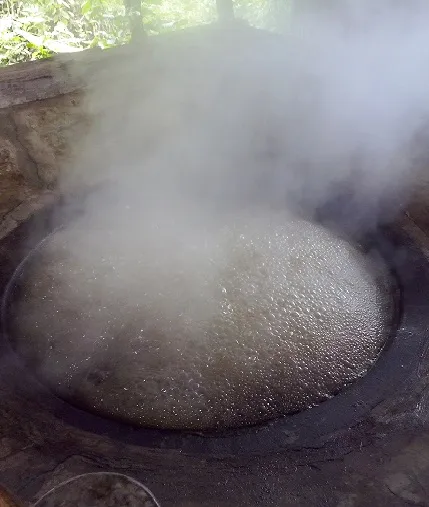
As it is a bit long process, there is to add more firewood (the cane when it is dried is used as firewood, after being pressed by the rollers, it is dried and added to produce more fire).
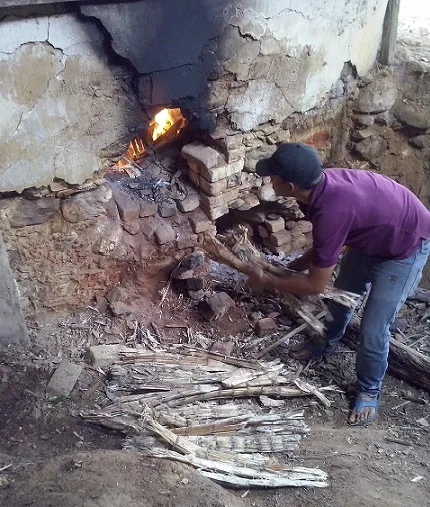
After a few minutes, the guarapo begins to decrease and thicken. We remove the foam again and then stir.
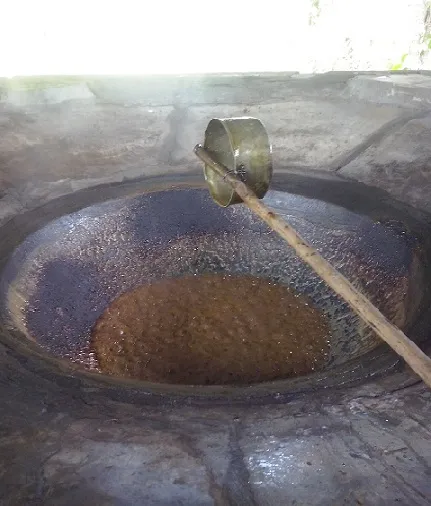
Once the indica texture is obtained (thick and without foam), it is extracted and added in another cold and clean bowl, beaten with a paddle for approximately 5 minutes, to give it better texture. At this point we must take distance as it is in high temperature and tends to jump.

Then we take the previously washed molds and start filling them. This step should be done as quickly as possible, since the papelon tends to stiffen and stick. We put the molds in a container, let cool for 15 to 20 minutes.
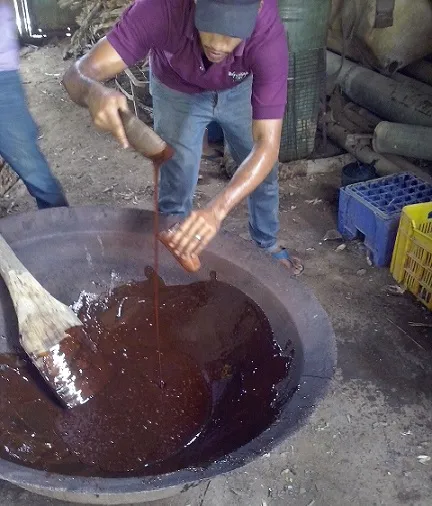
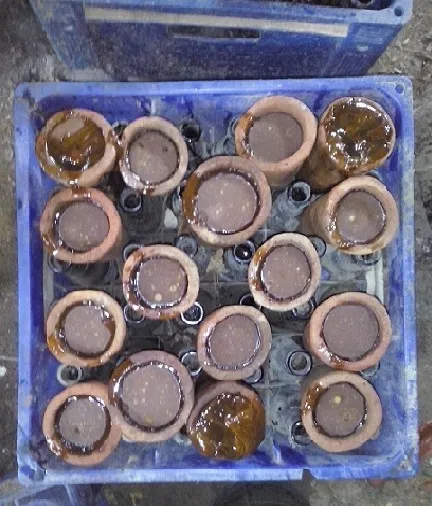
After the cooling period, we proceed to extract our final product by gently tapping it and placing it on dry banana leaves.
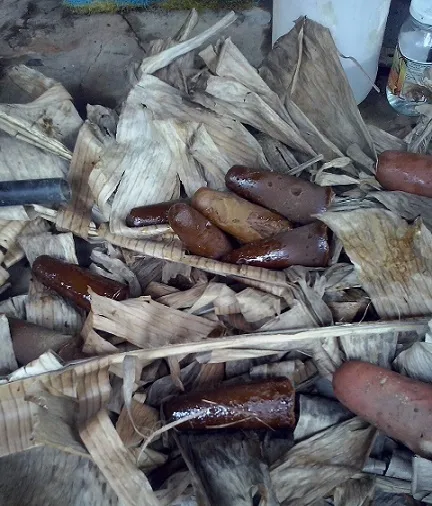
Thus we end our production process.
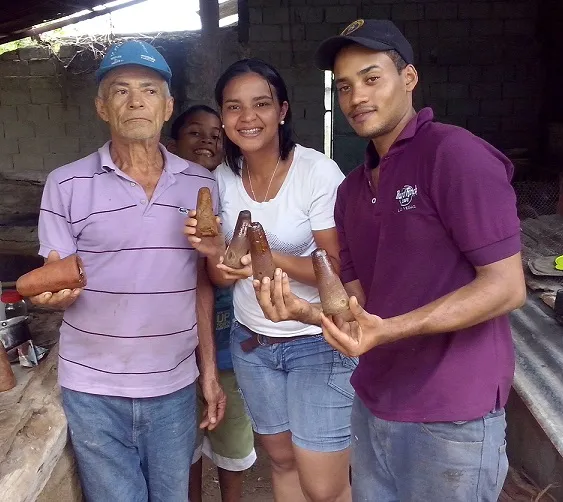
Actually, I am not very fond of the sugar cane guarapo, but I love the papelon. When I feel like eating something sweet, I eat a piece, my son also loves it. I use it to rice with coconut when I am low on sugar, to sweeten some juices, coffee, etc.
Thankful for this great invitation.
I hope it is to your liking and don't forget to leave your opinion in the comments.
